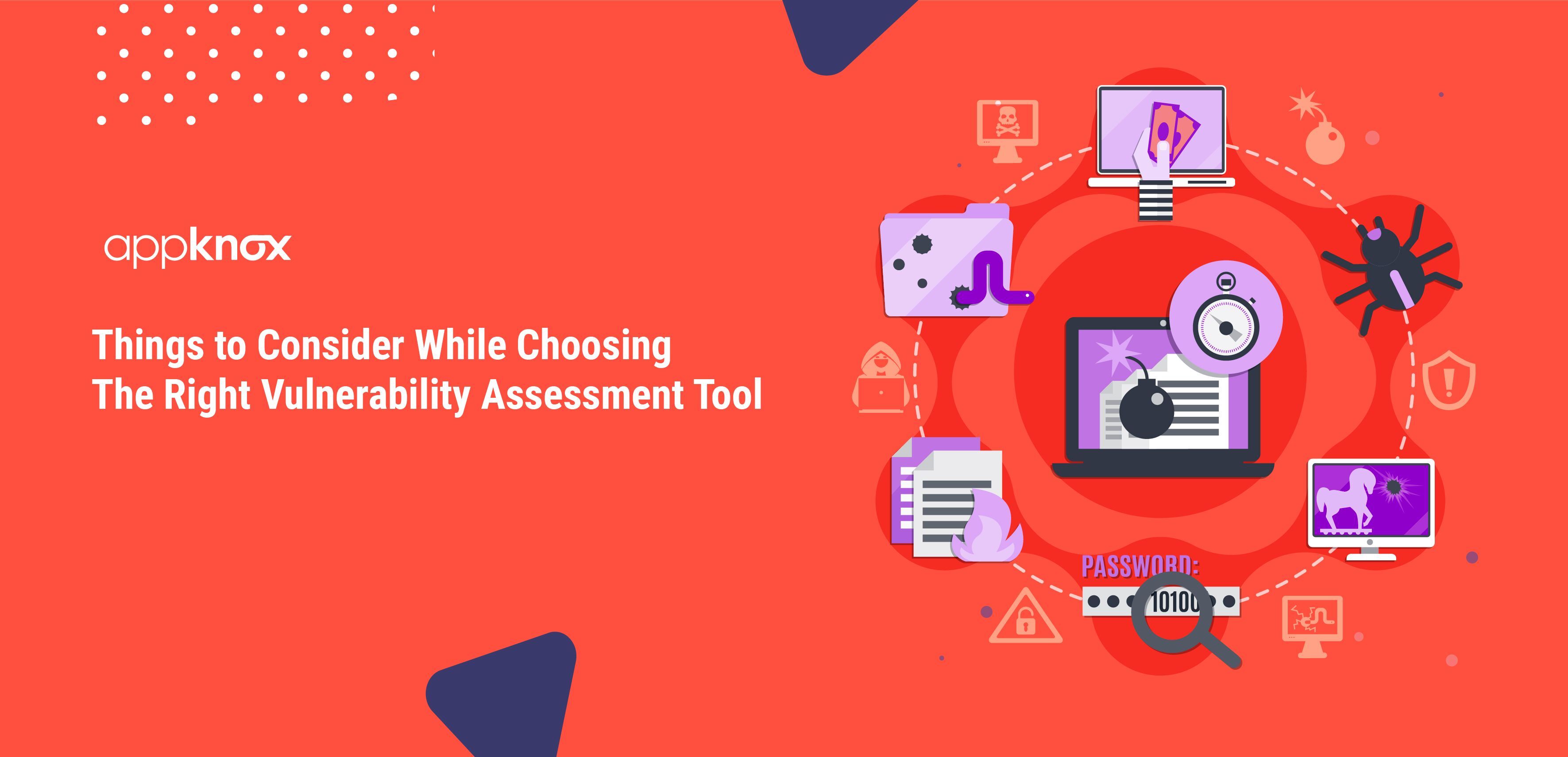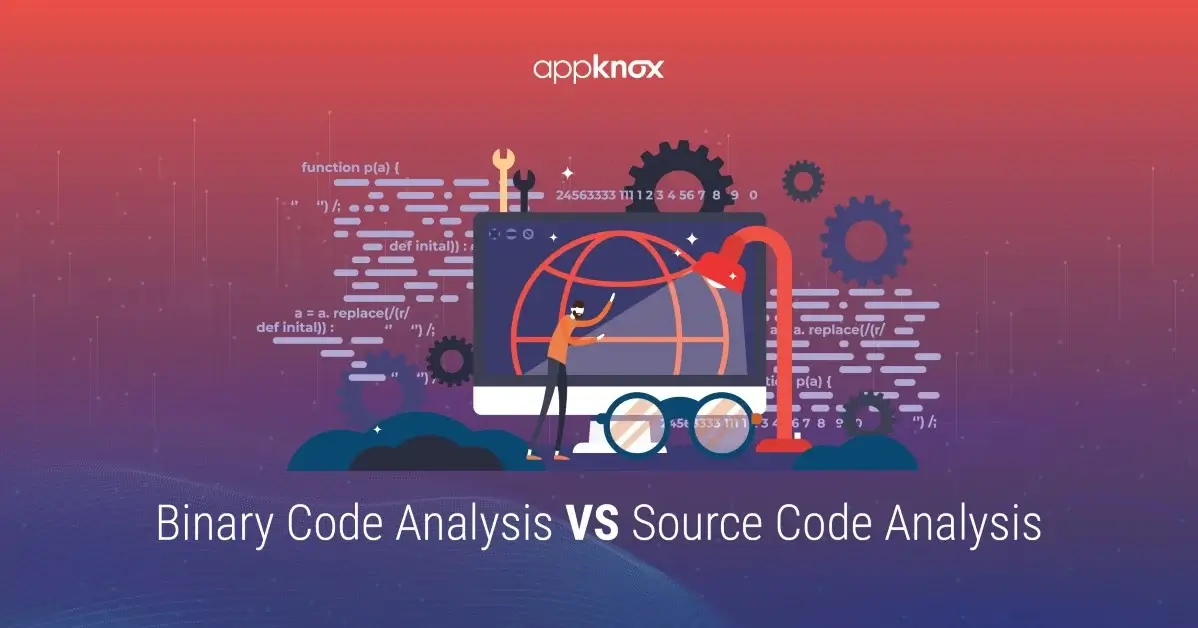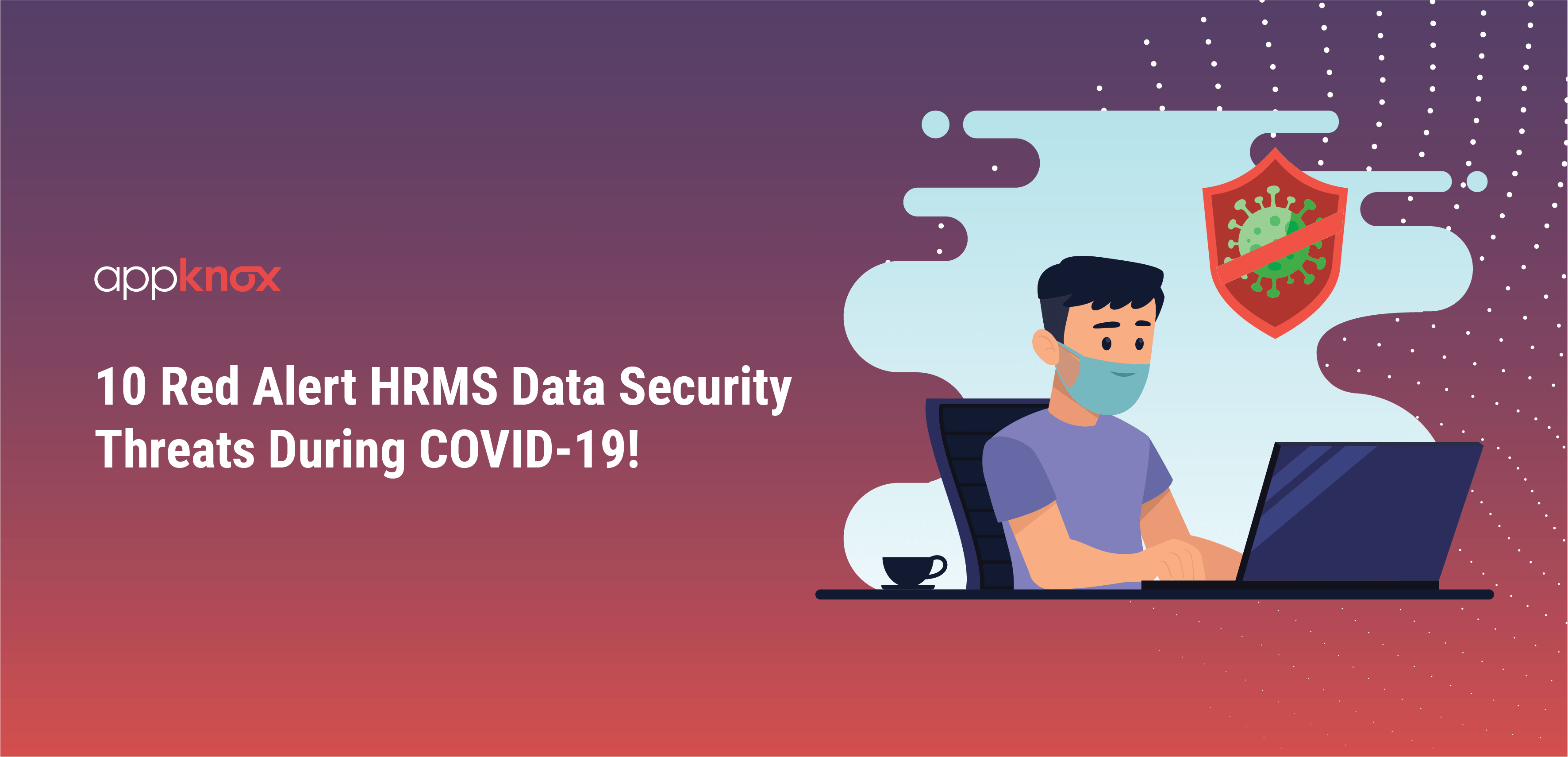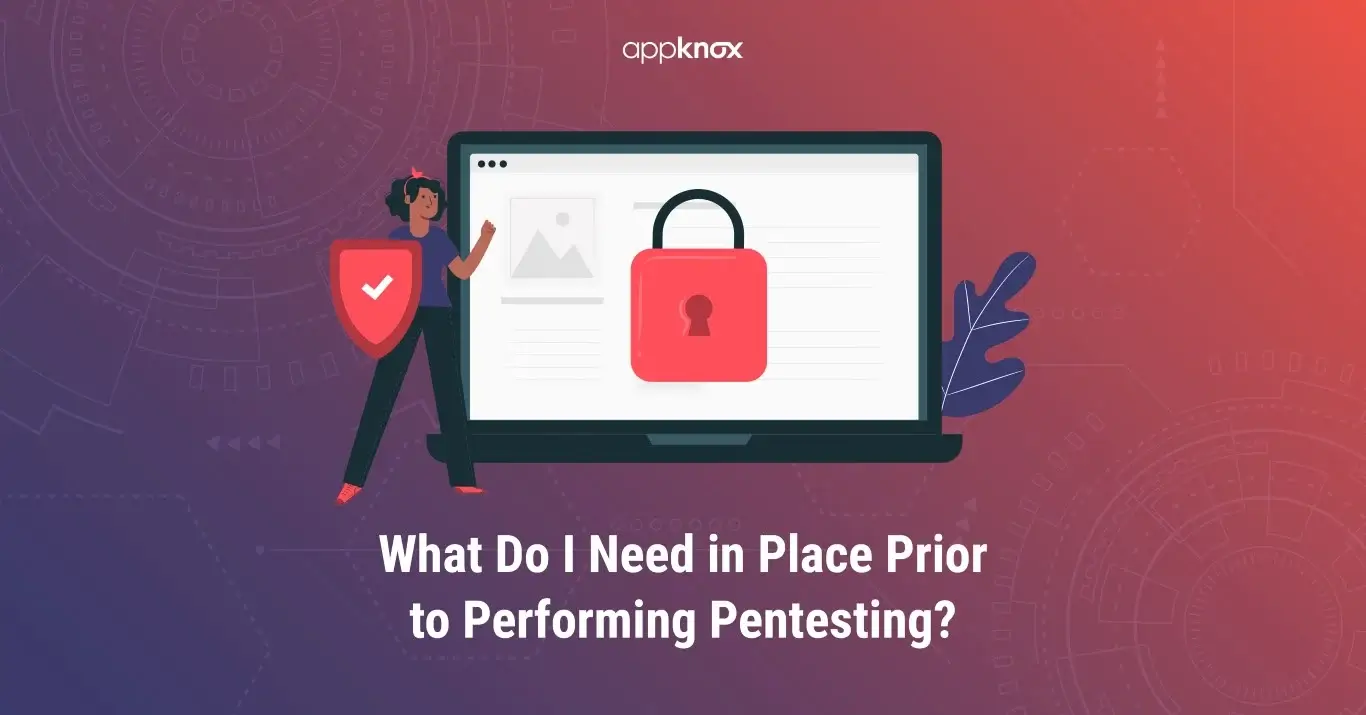Security vulnerabilities exist even in seemingly secure and impenetrable applications and platforms. While the most obvious ones are fixed immediately, there are often several security flaws that are buried deep within. These require extensive research and adoption of advanced security assessment techniques like VAPT (Vulnerability Assessment and penetration Testing) to discover and patch. The best Vulnerability Assessment Tools are often meticulous and thorough instead of being sophisticated and complex.
Companies often have a very hard time recognizing, categorizing, and characterizing the security loopholes inside their own digital infrastructure. However, that doesn’t mean the network infrastructure, computers, hardware system, and software don’t have several security vulnerabilities hiding and simply waiting to be discovered and exploited. With the ongoing health crisis showing no signs of receding, there’s a serious need to conduct a vulnerability assessment of each and every digital product and platform.
Vulnerability Assessment Tool Importance:
Vulnerability Assessment and Management tools help organizations stay a step ahead of the onslaught of security issues, loopholes, and undiscovered flaws. The tools used to assess the integrity and safeguards of any digital infrastructure help the IT staff quickly target, identify and even classify security threats well before they are discovered by a third party or an external agency.
It is important to know beforehand which vulnerability assessment platforms and tools are relevant and needed. The requirement is often judged based on the type of industry. Companies designing, maintaining, and utilizing Vulnerability Assessment Tools usually have an extensive and continually updated database containing information on almost every security vulnerability discovered and addressed by the security research team.
Choosing the right vulnerability assessment tools and their analysis is critical because it helps companies conduct a thorough security audit, and prioritize the results based on severity, exposure, compliance status, and data classification. This allows the IT team to direct attention to security threats that can have the greatest impact.
Check out Vulnerability Assessment Pricing Estimator
How do vulnerability assessment tools work?
The vulnerability assessment process consists of the below steps:
1. Vulnerability Testing: The first step for vulnerability testing is to draft a comprehensive list of all application vulnerabilities. Security analysts continuously test their security infrastructure of servers, applications, or other systems leveraging automated tools, or manual testing and evaluation. Analysts rely on vendor vulnerability announcements, vulnerability databases, asset management systems, and diverse threat intelligence requirements to identify all underlying security weaknesses.
2. Vulnerability Analysis: This focuses on identifying the source and consequent root cause of all identified vulnerabilities in one step. This involves scanning all system components which results in vulnerability creation. Such a root-cause analysis offers a clear path for effective remediation.
3. Risk Assessment: This step prioritizes on all looming system security vulnerabilities. It includes security analysts assigning a severity score to all risks, based on-- The affected system
- The data at risk
- The business functions at risk
- Ease of the attack
- The severity of the attack
4. Remediation: This step is focused on bridging all potential security gaps. Joint efforts by operation, development and security teams help determine the effective path for mitigation or remediation of all vulnerabilities. Updating operational and configuration changes is essential to developing and implementing all vulnerability patches.
Vulnerability assessment is in no way a one-off activity. So, to be effective, firms must operationalize all the security processes and repeat them regularly. It is also compulsory to foster cooperation between operation, security, and development teams through DevSecOps functionalities.
How to Choose Vulnerability Assessment (VA) Tool:
There are several Vulnerability Assessment Tools and suites. However, it is important for companies to take into consideration several finer aspects while making the decision. Moreover, companies must first decide who will be using the tools. Companies might plan to extend access beyond the core information security team to systems engineers who may not be well versed in the use of security products. A complex platform that is difficult to understand and navigate will make matters even more difficult.
Once the company decides who will use the platform, then comes the feature list. There are tons of features and claimed support. However, it is critical for companies to get a clear idea about the organization that is offering a Vulnerability Assessment Tool. In addition to the feature list, the credibility, and reputation of the security and penetration testing platform provider matter.
Some of the most important and critical features that companies must expect within a vulnerability assessment tool are as follows:
1. Quality and Speed:
One way to facilitate the assessment process is to select a high-profile vulnerability and analyze the gap and vulnerability management time. Scanning vulnerabilities is a real-time process that is highly time-sensitive, so comprehending the reliability and promptness of the vulnerability tool is highly critical to assure business continuity.
2. User Experience:
The product should be seamless to navigate with easy interpretation capabilities. Companies are heavily investing in vulnerability tools that are enriched with multiple options to assist in detecting risks in real-time with the least complications.3. Compatibility:
The product’s signature database needs to cover all of the major operating systems, applications, and infrastructure components to integrate simply with the existing systems. The tool’s compatibility with all the legacy systems is important for a smooth transition as employees might be initially reluctant to rely on tech-driven tools to assess and detect vulnerabilities in real-time.4. Support:
The product should detect issues the real-time with possible configurations to all tools used for IaaS, PaaS, and SaaS. Along with the compatibility, the tool should support all the advanced configurations required to run regular scans through diverse systems.5. Compliance:
The product should support all relevant compliance programs that apply to the specific business environment. It should effectively perform require scans and robust self-assessment.6. Prioritization:
The product should include a mix of manual configuration and automated prioritization that efficiently meet all business goals. As per the functionalities, the product needs to provide the required human-bot balance to match all customer expectations with the desired level of human control.Related Topic- What is the Vulnerability Testing Process that Companies Should Follow
7. Remediation Guidance:
The product should provide advanced remediation guidance to identify vulnerabilities. The assurance offered by the product and its advanced features should empower the users to be totally guided to track down the vulnerabilities quickly and sort them out.8. Vendor Support:
The tool should offer robust support as a part of the contract to deliver the vendor’s promised response time. The vendor’s promise to provide extended support throughout will always remain as the top factor before selecting or investing in any vulnerability assessment tool.
9. Team Collaboration:
The right amount of collaboration across the team, backed by the perfect way responsibilities are shared is critical to assure the success of the vulnerability assessment tools. Without the team’s collaboration and support, it is difficult to define the success of the vulnerability tools, regardless of how advanced the features are.
Conclusion
With the risks escalating every day, the need for deploying vulnerability assessment tools has boosted. Vulnerability management tools initially focus on inventorying the security issues faced which is predominantly crucial to assure business continuity and success. Tracking down the vulnerabilities in real-time is necessary to prioritize all results based on compliance status, severity, exposure, and data classification. These tools offer data security professionals the required direction to focus their scarce remediation time on the perfect places to create the maximum impact. Vulnerability management systems play the most vital role to build on a secure environment to accommodate all technologies and advancements.





 Gartner and G2 recommends Appknox | See how we can help you with a free Demo!
Gartner and G2 recommends Appknox | See how we can help you with a free Demo!
 Chaitanya GVS
Chaitanya GVS










_HighPerformer_HighPerformer.png)
_BestEstimatedROI_Roi.png)

